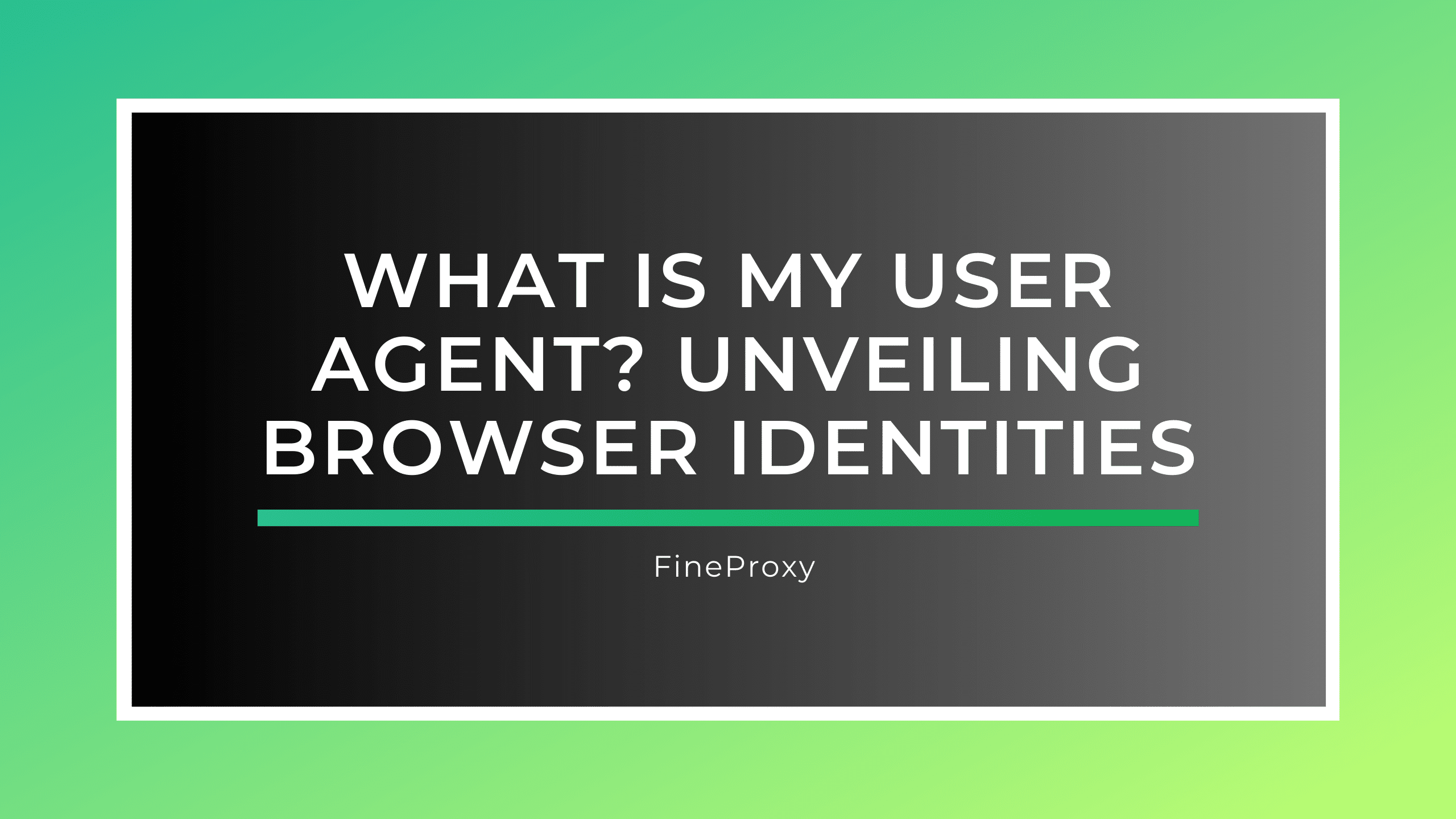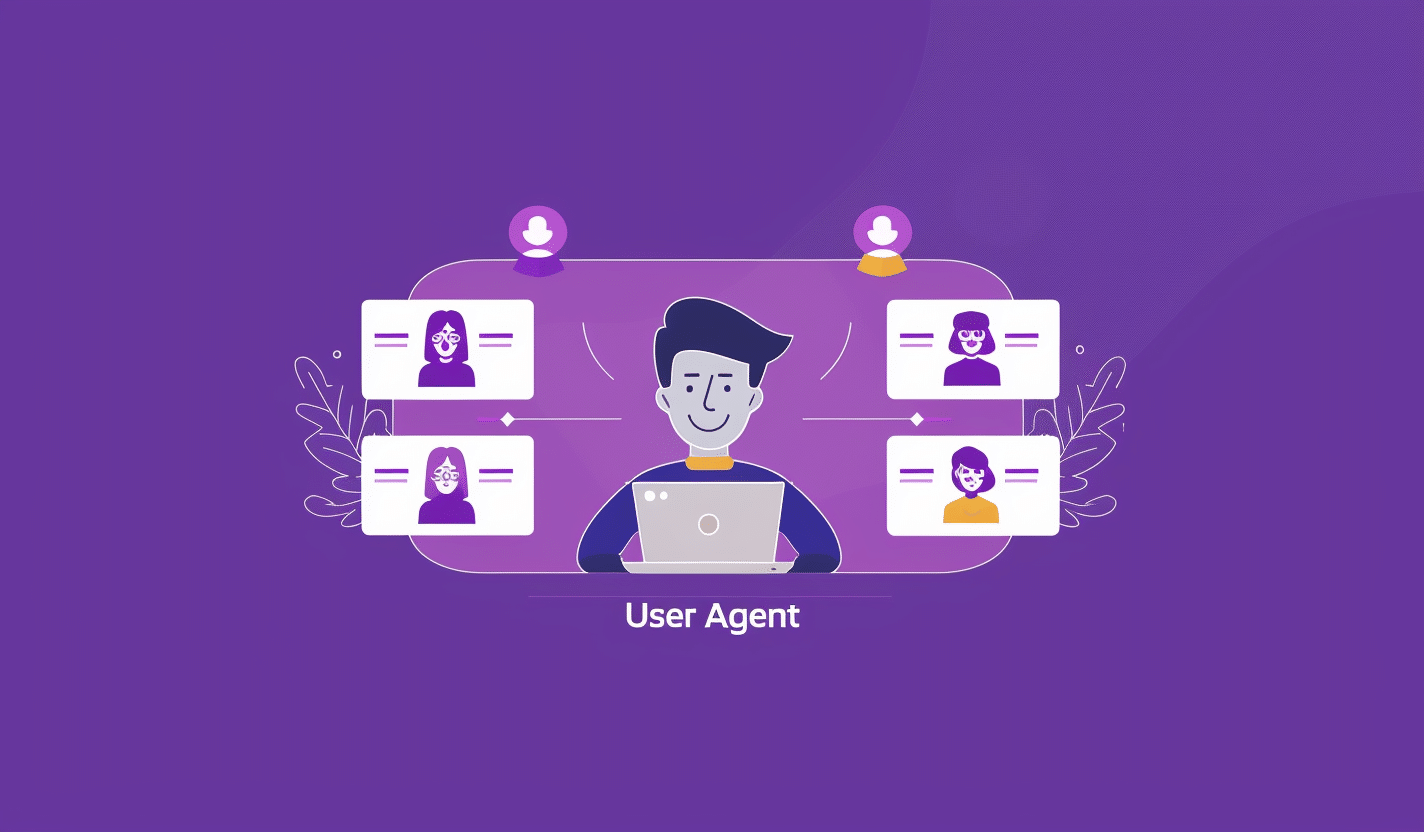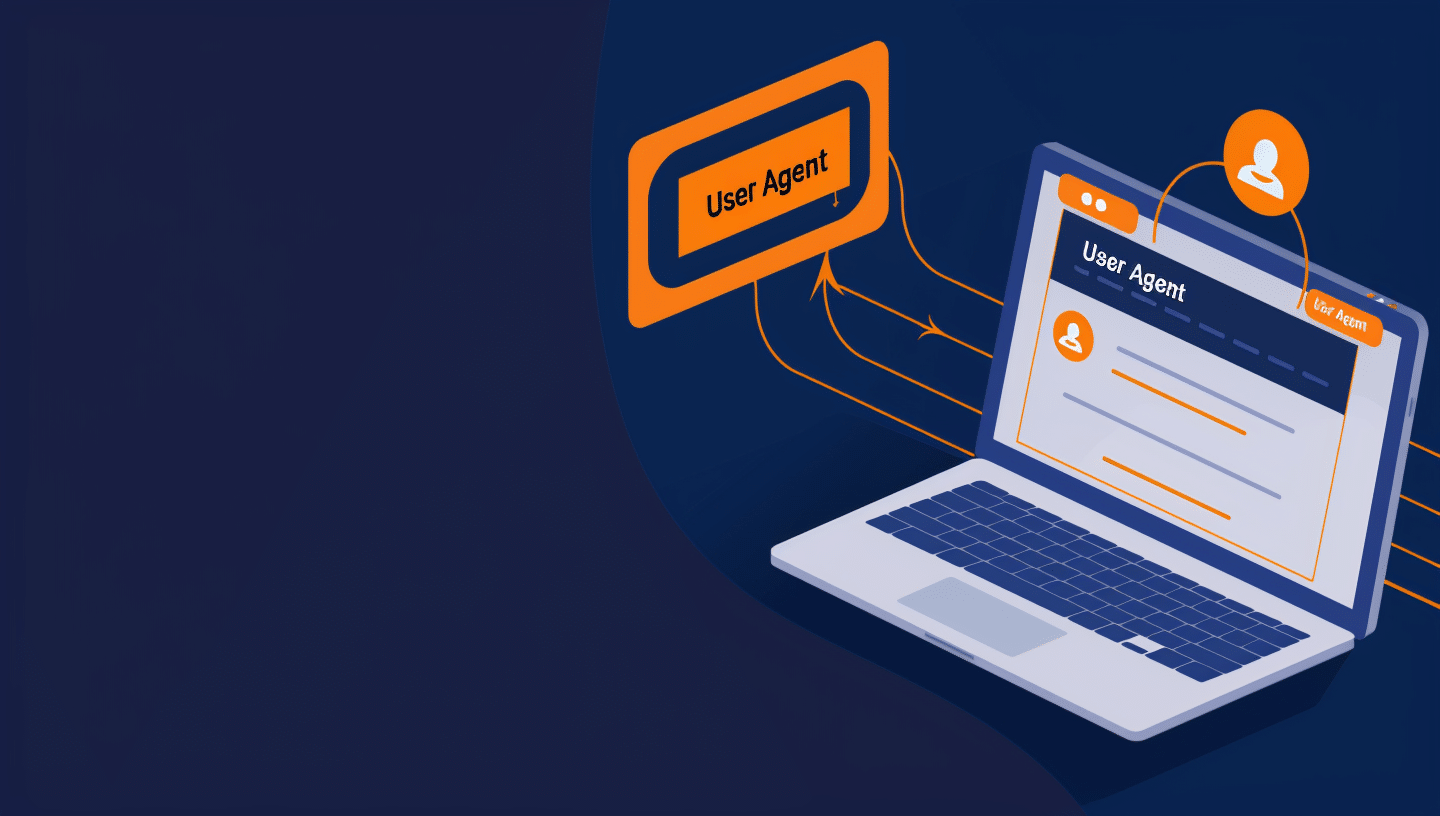
Ever wondered how websites know what type of device or browser you’re using? The answer lies in a fascinating piece of information called the “user agent.” In this comprehensive guide, we will explore what a user agent is, its role in internet browsing, and how you can find out your own user agent. Plus, we’ll look at practical uses of this data in web development and user analytics.

What Is a User Agent?
A user agent is a string that browsers and other applications use to identify themselves to web servers. Typically, it includes details about the browser type, version, operating system, and sometimes information about other plugins or tools the browser can handle. This enables servers to deliver content in an optimized format suitable for the specific device.
Importance of User Agents
- Content Optimization: Websites can tailor content to enhance user experience based on the user agent string.
- Analytics: Developers use user agents to gather insights about user behavior and device preferences.
- Compatibility: Ensures users receive a version of the website that works best with their particular software or hardware.
How to Find Your User Agent
Finding your user agent is quite simple:
- Online Tools: Websites like WhatIsMyBrowser.com let you instantly see your user agent.
- Browser Settings: Some browsers allow you to view the user agent from the settings or developer console.
Step-by-Step Guide
- Visit a user agent detection website.
- View the displayed user agent string.
- Analyze the components of the string to understand the details it reveals about your setup.

User Agent Structure: A Detailed Look
User agents comprise several components, each revealing something unique about the user’s browser and operating system. Here’s what a typical user agent might look like:
Mozilla/5.0 (Windows NT 10.0; Win64; x64) AppleWebKit/537.36 (KHTML, like Gecko) Chrome/58.0.3029.110 Safari/537.36Table of Common User Agents
| Browser | User Agent String |
|---|---|
| Chrome | Mozilla/5.0 (Windows NT 10.0; Win64; x64) Chrome/88.0.4324.190 Safari/537.36 |
| Firefox | Mozilla/5.0 (Windows NT 10.0; Win64; x64; rv:86.0) Gecko/20100101 Firefox/86.0 |
| Safari | Mozilla/5.0 (Macintosh; Intel Mac OS X 10_15_7) AppleWebKit/605.1.15 (KHTML, like Gecko) Version/14.0.3 Safari/605.1.15 |
Practical Uses of User Agents
Understanding user agents is crucial for developers and marketers alike. They use this data to:
- Ensure Compatibility: Test websites across different browsers and devices to ensure consistent user experiences.
- Tailor Marketing Strategies: Segment users based on their operating system or device type to deliver targeted advertising.
- Enhance Security: Detect and mitigate fraudulent activities by analyzing suspicious user agents.

Conclusion
The user agent is a key tool in the web developer’s kit. By understanding and utilizing user agents, web professionals can greatly improve the user experience, optimize content delivery, and gather valuable analytics. Now that you know how to find and interpret your user agent, you can take greater control over your online interactions.






Comments (0)
There are no comments here yet, you can be the first!